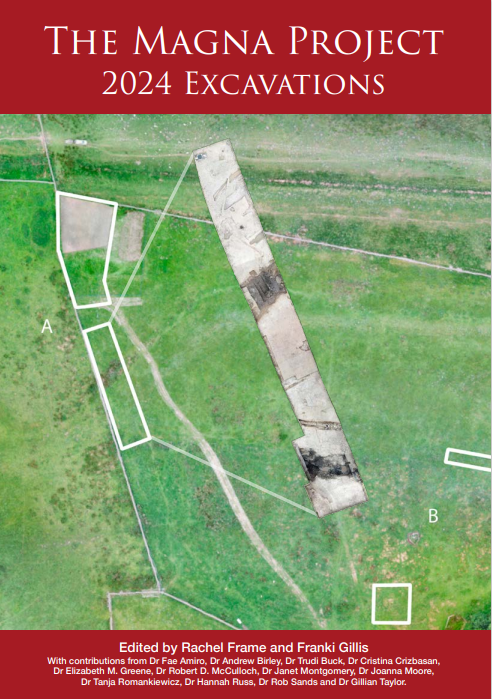Excavation Reports
3 minutes reading time.
The 2022 excavation season was the first of a five-year research project, ‘Magna’ and its associated Scheduled Monument Consent (SMC, or the permission to undertake invasive archaeological work on a protected site).
We will be publishing a series of 5 annual excavation reports aimed at disseminating the discoveries of the Magna project excavations, as we respond to the challenges identified at Magna using a combination of nonintrusive survey, research, geoarchaeological monitoring and targeted excavation.
The legacy of the five-year project will be an informed management plan for Magna which provides the Vindolanda Trust with the statistical intelligence that it requires to preserve this irreplaceable landscape for years to come.
Click on the links below to download a free PDF of the excavation reports.
2024 Magna Excavation Report

The second in our series of 5 annual excavation reports has now been published for the Magna Project. This report is available to download as a free PDF. Simply click on the button below to obtain your digital copy of the 214 page report.
2023 Magna Excavation Report

The first in our series of 5 annual excavation reports has now been published for the Magna Project. This report is available to download as a free PDF. Simply click on the button below to obtain your digital copy of the 90 page report. A limited number of full colour printed copies are available to purchase. These are £15 and can be found at the Roman Army Museum shop and also via the Vindolanda Trust online shop.
Magna has the same preservation conditions as Vindolanda, where thousands of organic artefacts are preserved either in waterlogged or anaerobic (reduced oxygen soil) conditions. If they are to survive into the future the extremely fragile preservation ecosystem in which they exits needs to be carefully preserved.
In April 2022 the Vindolanda Trust used the money it has raised through the Magna appeal to install a state of the art Van Walt probe array into the field at the site of Magna. This high tech equipment includes weather station, underground monitoring of temperature, PH, moisture content and the oxygen reducing potential in the soil. The probes report their findings back to a cloud based server every 15 minutes so that archaeologists and scientists can see, almost in real time, what the links are between climate change and climate events (such as drought or heavy rainfall) and the preservation conditions under the soil.
“The data gathered over the next decade will revolutionise our ability to monitor the health of the archaeology of this important part of the World Heritage Site and manage the affects of climate change on Hadrian’s Wall. The data directly feeds back into the scientific community and gives them the tools needed to model what might happen next below our feet and help with developing future management strategies on how best to preserve landscapes for the benefit of future generations”. Dr Andrew Birley.
The Magna scientific and archaeology team have dubbed the probe ‘WallE’ in honour of the famous Disney robot and hope that like the hero of that film, the Magna probe data will help offer a brighter future for the archaeology of the Wall at Magna. None of this would have been possible without the incredible support of those who donated to the appeal, and the help and assistance of the scientists involved which includes Professor Gillian Taylor, Dr Jacqui Huntley, Don O’Meara and Vincent Van Walt.
Download the PDF below to find out more about archaeological soil from Roman occupational layers.

